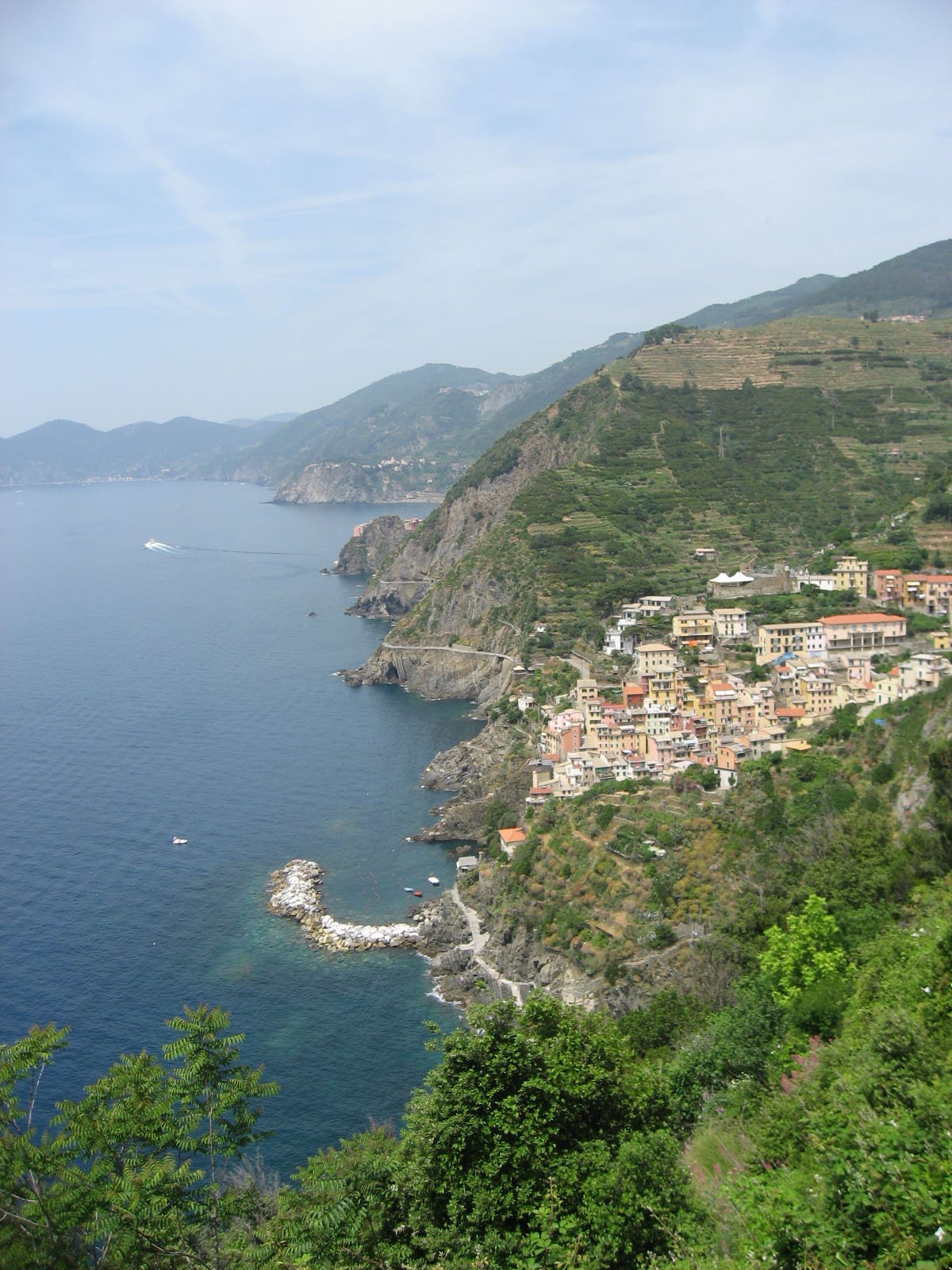The incorporation of Cinque Terre into a national park emerged from a complex interplay of environmental preservation, cultural heritage protection, and international recognition. The Italian government’s decisive action in 1999 was driven by the urgent need to protect the region’s unique terraced landscape, prevent hydrogeological instability, preserve biodiversity, and manage the growing tourism pressures that threatened the area’s delicate ecological and cultural ecosystem.
Why Did Environmental Concerns Trigger National Park Designation?

The Cinque Terre landscape represents a remarkable human-environment interaction spanning centuries. Prior to national park status, the region faced significant environmental challenges:
Landscape Degradation Risks
- Abandoned agricultural terraces
- Increasing soil erosion
- High landslide potential
- Diminishing traditional farming practices
Biodiversity Protection Strategies
The national park designation addressed multiple ecological preservation objectives:
| Ecological Focus | Preservation Approach |
|---|---|
| Habitat Protection | Mediterranean forest conservation |
| Agricultural Heritage | Terrace restoration programs |
| Ecosystem Stability | Hydrogeological risk mitigation |
What Legislative Mechanisms Supported Park Creation?

Several critical legislative actions facilitated Cinque Terre’s national park establishment:
- UNESCO World Heritage Listing (1997)
- Recognized cultural and environmental significance
- Provided international validation for conservation efforts
-
Highlighted unique landscape value
-
National Legislative Framework
- Official park establishment on October 6, 1999
- Comprehensive protection mandate
- Sustainable development guidelines
How Did Tourism Influence Park Designation?
Tourism played a pivotal role in motivating park creation:
- Increasing visitor numbers threatened ecological balance
- Need for managed, sustainable tourism model
- Economic opportunities through controlled visitor experience
- Preservation of local cultural identity
What Were the Primary Conservation Objectives?
The national park aimed to address several critical conservation goals:
- Landscape Preservation
- Maintain traditional terraced agricultural systems
- Prevent landscape fragmentation
-
Restore abandoned agricultural areas
-
Cultural Heritage Protection
- Preserve traditional farming techniques
- Support local community economic sustainability
- Maintain architectural and agricultural heritage
What Funding Mechanisms Supported Conservation?
Multiple funding sources contributed to park establishment:
- European Community LIFE Project
- Italian National Government Allocations
- UNESCO Conservation Grants
- Local Municipal Investments
Challenges in Park Management
Despite successful designation, ongoing challenges persist:
- Balancing tourism with environmental protection
- Maintaining complex terraced landscape
- Encouraging local community participation
- Managing visitor impact
Conclusion: A Model of Integrated Conservation
Cinque Terre’s national park represents a sophisticated approach to landscape conservation, demonstrating how environmental protection, cultural preservation, and sustainable development can coexist harmoniously.

